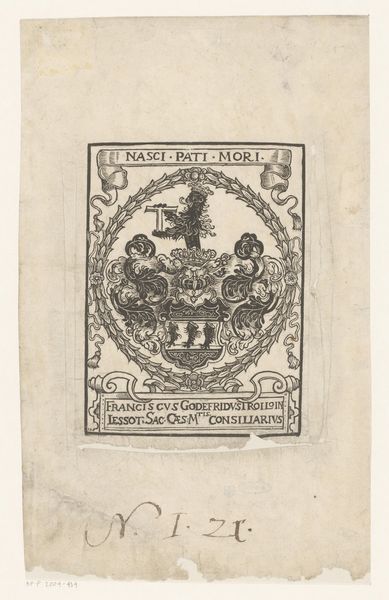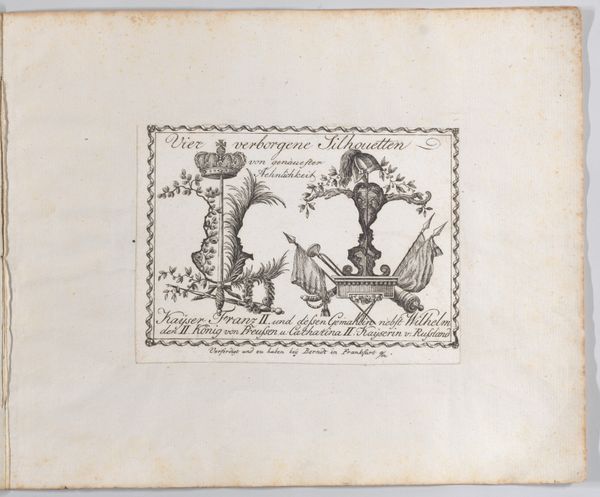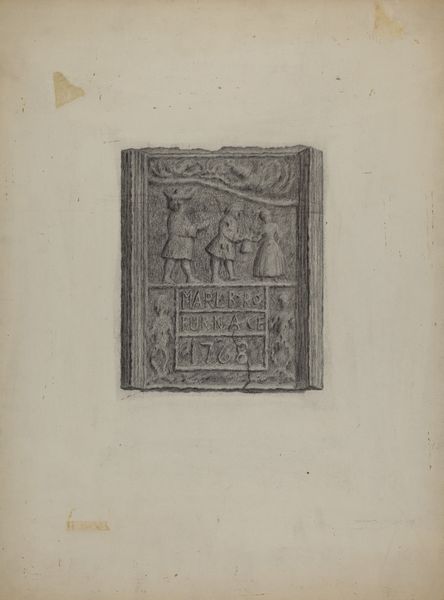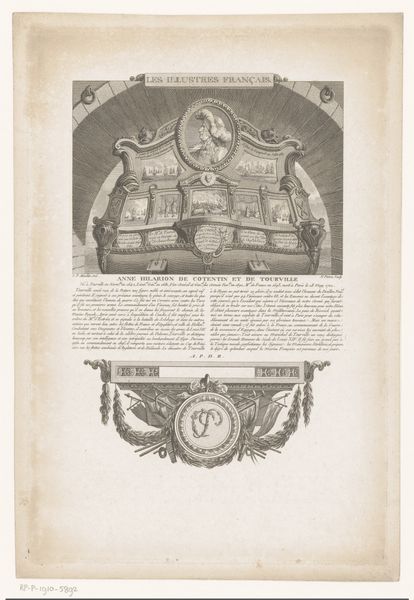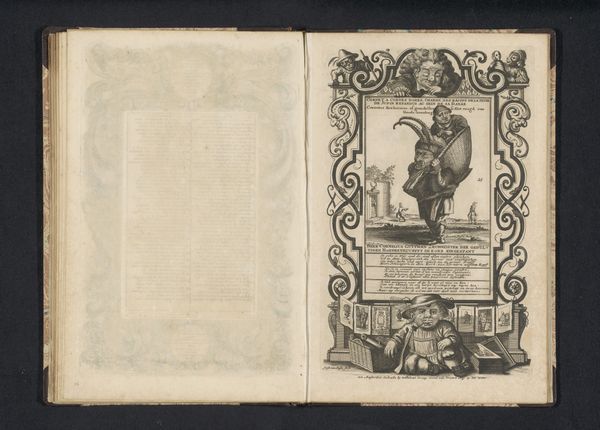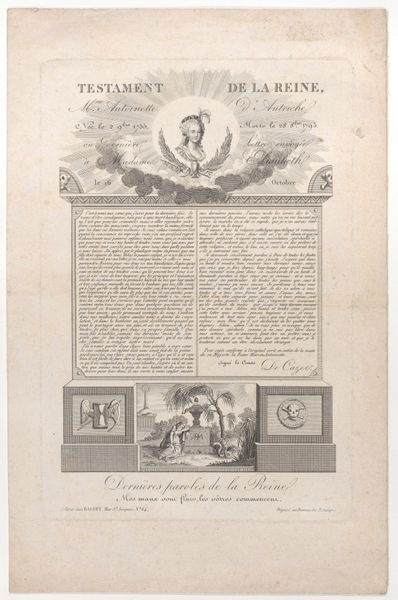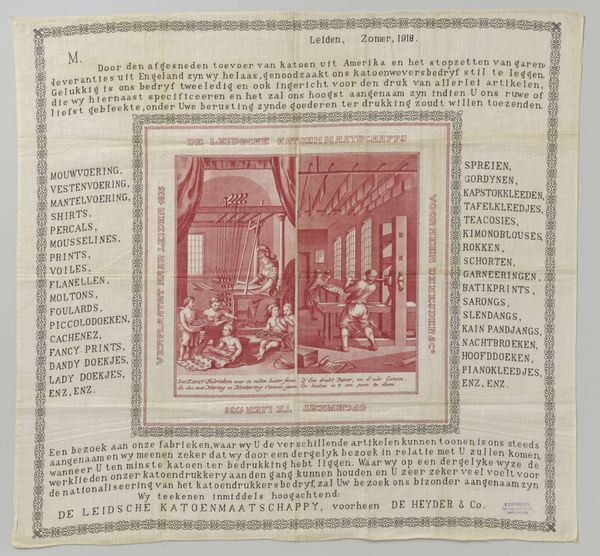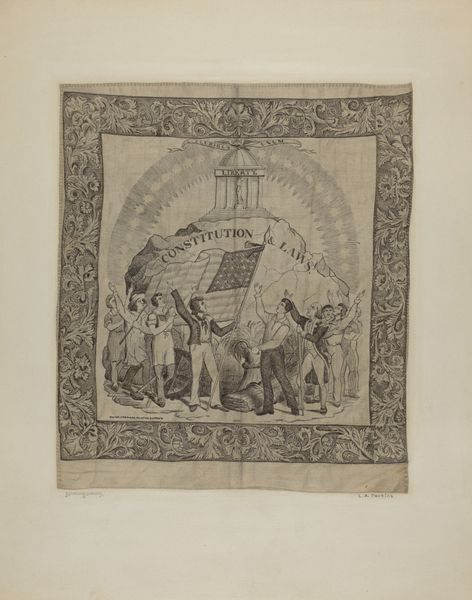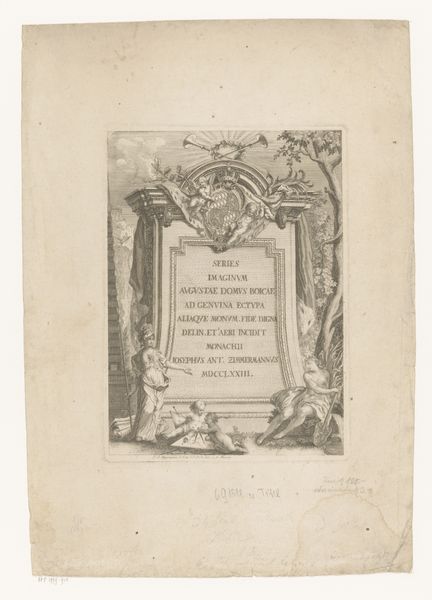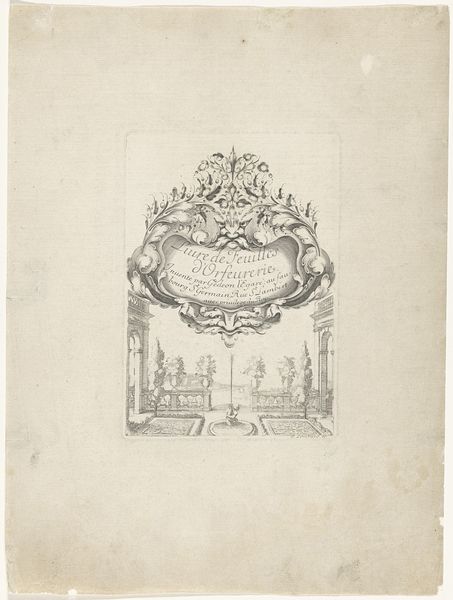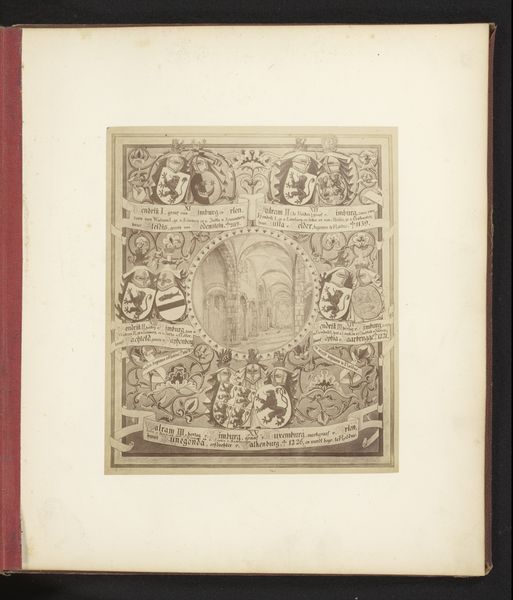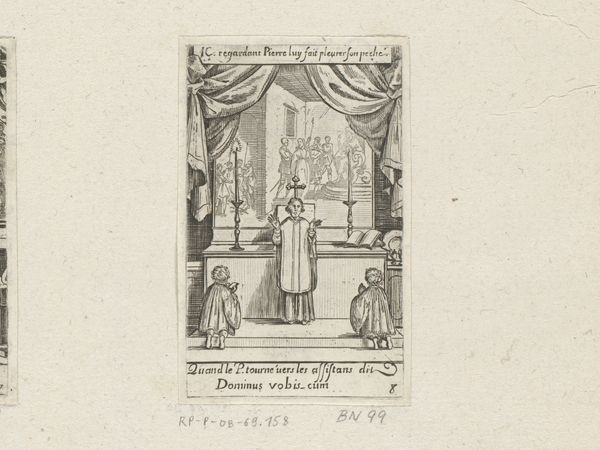
drawing, print, textile
#
portrait
#
drawing
#
neoclassicism
# print
#
textile
#
figuration
#
history-painting
#
academic-art
Dimensions: overall: 33.3 x 30.3 cm (13 1/8 x 11 15/16 in.) Original IAD Object: 11 1/2" wide; 11" long
Copyright: National Gallery of Art: CC0 1.0
Editor: This is a printed textile from around 1939 by Joseph Lubrano, depicting George Washington. It's…quite a piece of propaganda, almost. The style feels very deliberate. How would you interpret this work within a broader historical context? Curator: Indeed. What we see here is a re-imagining of Washington through a very specific lens, reflecting the sociopolitical concerns of the 1930s. Consider the deliberate Neoclassical style, recalling earlier idealized portrayals. How does the text accompanying the image contribute to this overall impression? Editor: Well, the text frames him as a man of principle, referencing his resignation, and there's text about his birth and death. The allegorical symbols, like the eagle and ship, reinforce ideas of American strength and commerce. It's laying it on pretty thick. Curator: Precisely! The work explicitly connects Washington to ideas of national unity and commercial success at a time when both were seriously challenged by the Great Depression and anxieties about European fascism. It attempts to construct a visual narrative aligning the values of the Founding Fathers with the aspirations of a nation grappling with economic hardship and potential global conflict. To what extent does this 'historical' image invent its own version of the past for its own time? Editor: It makes me wonder what someone in 1939 would think, seeing Washington like this. Would it really inspire confidence, or would it just feel…outdated? Curator: That’s the critical question. Did this image circulate widely? How was it received? Examining reviews or exhibition records, if any exist, can give clues to its reception. The artist, Lubrano, and the commissioner probably intended an image of reassurance and tradition to counter fears of a less certain present. Editor: I hadn't thought about it as actively working within its contemporary political landscape. It highlights the idea of ‘historical memory’ being more of a fluid and political tool, right? Curator: Exactly. Art always engages with the present, even when seemingly focused on the past. Examining such imagery critically, in terms of what purpose it served and what effect it had, helps reveal the complexities of history itself.
Comments
No comments
Be the first to comment and join the conversation on the ultimate creative platform.
